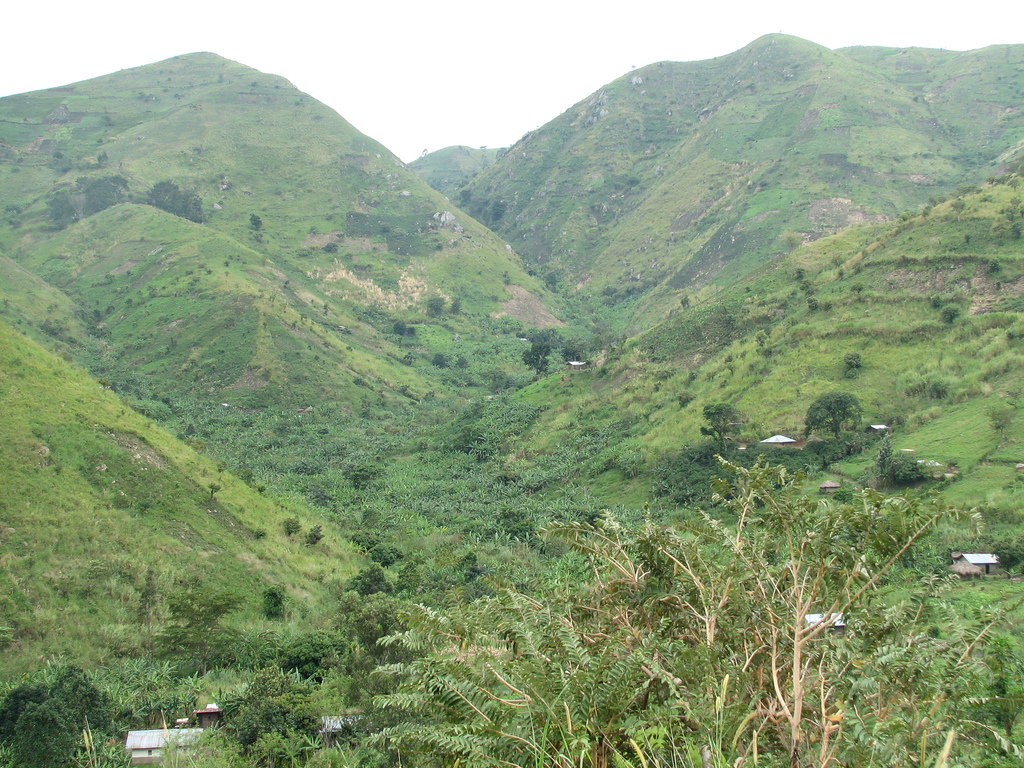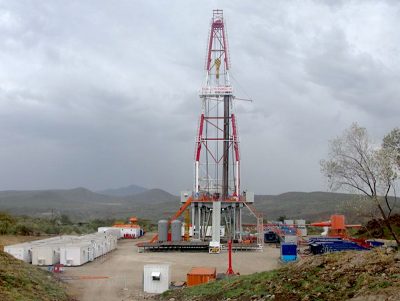Uganda to connect electricity tariffs to inflation, exchange rate and fuel prices
In order to attract investors to development of renewable energy projects in Uganda, the country will connect electricity tariffs to inflation, exchange rate and fuel prices. The country has ambitious energy development plans, which include geothermal projects.
In an effort to attract investors into its energy market, Uganda has announced it will start pegging electricity tariffs to inflation, exchange rate and fuel prices starting in October this year.
The country needs to rapidly expand its electricity generation infrastructure before its planned crude oil production by 2014.
As reported by Reuter, “state-run Electricity Regulatory Authority (ERA) expects the new power pricing policy to reflect more accurately production costs for electricity generation”.
“As part of the automatic tariff adjustment mechanism, tariffs will be adjusted depending on how factors such as inflation, the exchange rate and fuel prices – have moved.”
“So you will see tariffs that are yo-yoing, this mechanism gives additional confidence to investors that the tariffs are able to absorb the cost of generation.”
Insufficient, unreliable and costly power has long stifled efforts to attract foreign investment in Uganda.
ERA says Uganda now produces a total of about 550 MW while power demand at peaks stands at about 480 MW.
The country is particularly keen on tapping its renewable energy potential and has agreed with the World Bank to provide political risk guarantee to investors who venture into the country.
Uganda is in this regard looking at mature technologies, such as solar, wind power, biomass, waste energy, geothermal. For geothermal the country wants the private sector to get interested for development of geothermal projects in Hoima, Katwe and Semiliki National Park.
Source: Reuters via Engineering News


















